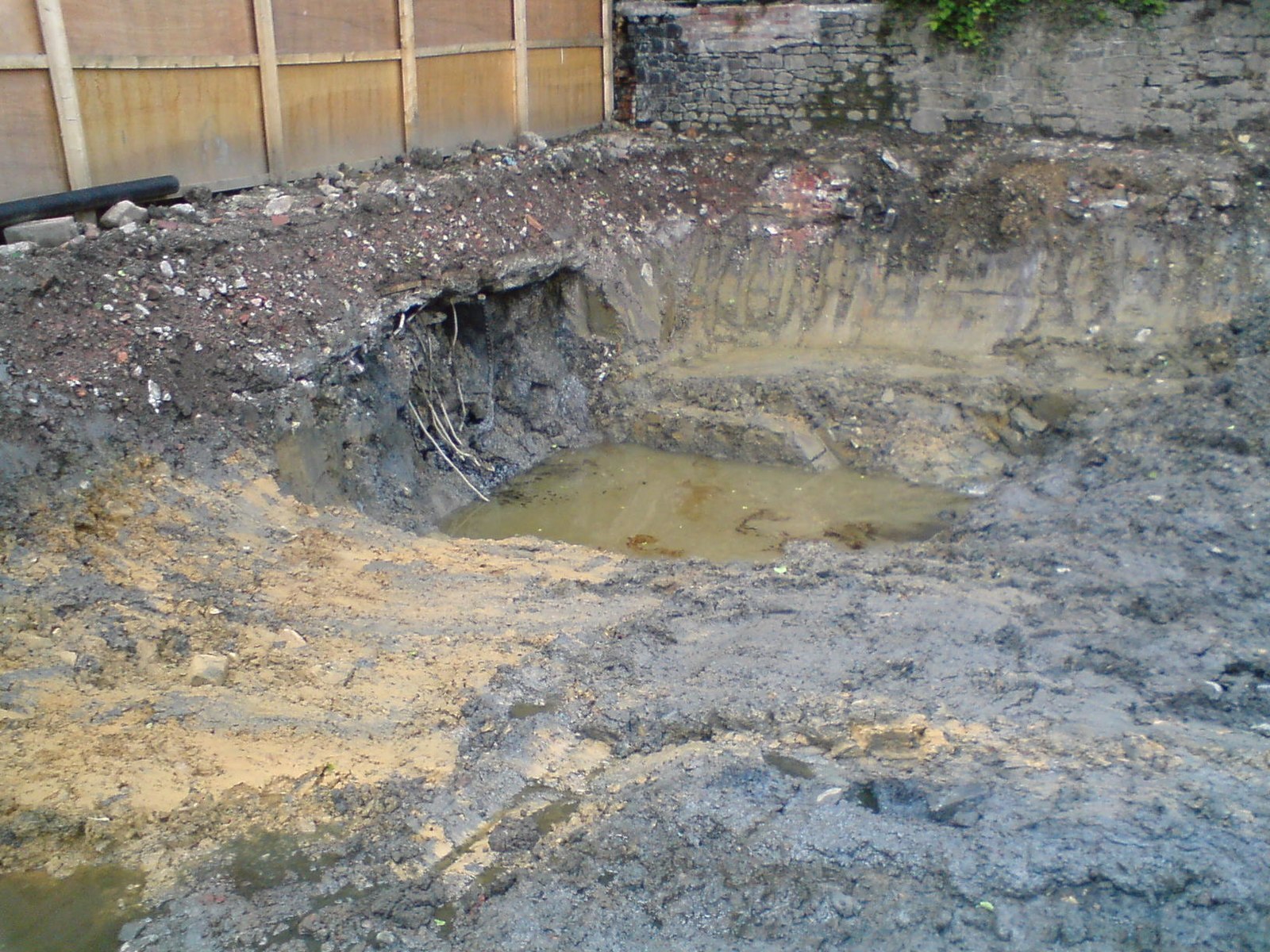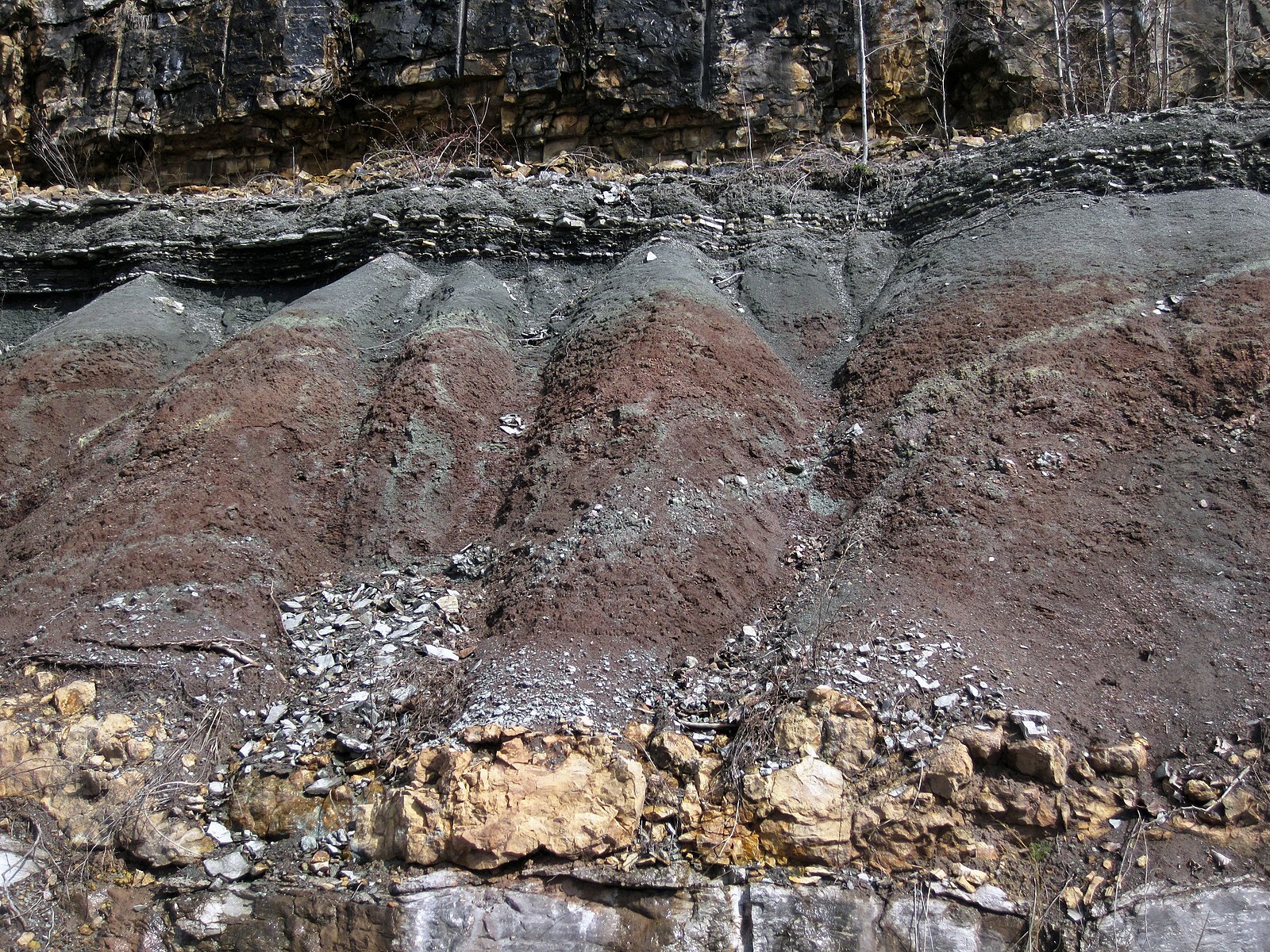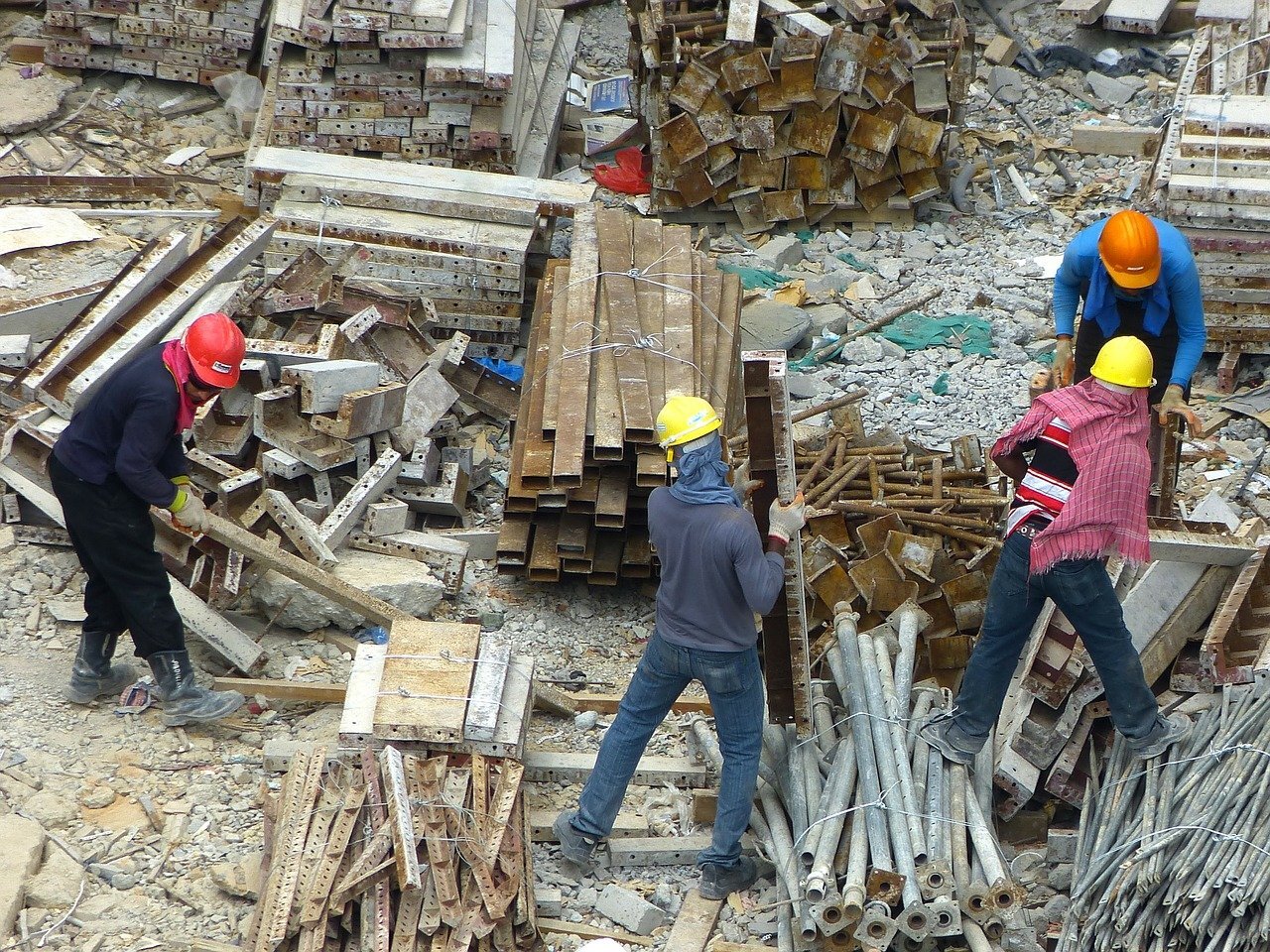Contaminated soil in construction projects often leads to costly and time-consuming problems for builders and contractors. First, time delays occur while you identify and classify the contaminated area. Then, proper contamination management requires safe, compliant, and expensive handling of the toxic-harmful materials, which can further delay your project’s start time. To avoid potential harm to the environment, building, and future occupants, the property owners, and their builder or environmental contractor must manage the contaminated soil according to best practice guidelines, including those published by the EPA.

Image Source: Wikimedia.org
However, if you suspect contaminated soil at your construction site, Polyguard recommends hiring an experienced environmental contractor to handle the clean-up of your job site. They can provide licensed equipment and vehicles to transport contaminated materials to an accredited transfer station for decontamination. They can also deal with the mandatory permits and licensing requirements. We also recommend choosing construction products that will protect your new building or home from harmful soil contaminants, like our Polyguard below-grade chemical resistant membranes and drainage boards for foundation walls.
What is Contaminated Soil and How Does it Get Into the Soil?
Contaminated soil contains a concentration of pollutants higher than naturally occurring amounts, which can harm people, plants, water, buildings, foundations, and more.
Manufacturing situations are responsible for most of the contaminated soil:
- Mining releases sulphuric acid, arsenic, and mercury
- Fuel storage release hydrocarbons
- Steelworks releases lead
- Demolition exposes soil to asbestos fibers
- Leaks, spills, and pipeline ruptures can contaminate the soil with human, agricultural, and industrial waste
What to Do if You Suspect Soil Contamination at the Jobsite

Generally, you must take four steps if you suspect soil contamination at a job site: a desktop study, soil testing, clean up, and remediation.
Desktop Study
A desktop study of site history can establish the need to investigate potential contamination. It includes maps, statutory authority, utility data, trade information, photo records, technical data, etc.
Trial Pits and Borehole Investigation
Desktop studies that find concerns or if the site lacks history will require a trial pits and borehole investigation. Trial pits and borehole investigations involve obtaining soil samples at different depths and locations to determine the nature and level of contamination.
Clean-Up Techniques
Clean-up involves excavation and removal of contaminated soil, using care to limit the spread of contamination.

Image Source: Pixabay.com
Remediation
Contaminated soil remediation (treatments) can occur in-situ (on-site on undisturbed soil) or ex-situ (on- or off-site excavated soil). Treatments for contaminated soil include biological, chemical, physical methods, depending on the chemicals present in the soil and the extent of the contamination:
- Biological treatment (bioremediation) uses indigenous bacteria to break down hydrocarbons from petroleum storage in the soil.
- Chemical treatments, like soil stabilization, use reduction and oxidation to convert contaminated soils into non-hazardous soils.
- Physical treatments, like soil washing or thermal treatment, use water or heat to separate or remove contaminants.
Effects of Contaminated Soil on Foundations
If the water in the soil contains pollutants like chlorides, magnesium, and sulfate ions it can deteriorate a concrete foundation. Therefore, maintaining the integrity of a foundation requires the application of a below-grade foundation barrier and drainage board. The barrier and drainage board will protect the foundation from water pressure that can crack the concrete, allowing infiltration of contaminated groundwater and soil vapors, which can lead to costly repairs and maintenance.
Stopping polluted water and harmful contaminants from entering the foundation requires a high-quality, below-grade waterproofing membrane and drainage board, like Polyguard below-grade chemical resistant membranes and drainage board for foundation walls.
Polyguard Chemical Resistant Membranes
UNDERSEAL® CRM™
For walls requiring chemical resistance, 85-mil Underseal® CRM™ is an excellent solution that is proven to resist high concentrations of soil, vapor, and water contaminants.
Robust, pre-applied Underseal® CRM™ sheet membrane contains a multi-component, chemical resistant backing laminated to a coating of waterproofing adhesive mixture and an integrated robust and nonwoven geotextile fabric. Installed horizontally, Underseal® CRM™ furnishes a continuous seal underneath the concrete slab. You can also install it behind vertical “blindside” cast-in-place concrete walls.
ULTRA CRM™
Post-applied, 60-mil Ultra CRM™ furnishes a strong sheet membrane with multi-component, chemical resistant backing laminated to a thick coating of waterproofing adhesive compound, that is capable of resisting high concentrations of vapor, fluid, and soil contaminants. Ultra CRM™ was designed for poured concrete foundation walls, parking garages, tunnels, etc., requiring chemical-resistant waterproofing.
Lightweight, high-capacity Polyflow® Drainage products provide customers with solutions to lightweight drainage that are compatible with our engineered sheet and liquid membrane materials. Our simple-to-install products lessen excavation needs, saving time and money.
Polyflow® Drainage Mats
Polyflow® 15, 15P, 10, and 10P Sheet Molded Drainage Mats, installed vertically over Polyguard waterproofing membranes, directs moisture into the drain core while restricting the movement of soil particles that can block the core. In addition, our Polyflow® drainage mats diminish hydrostatic pressure when connected to our high capacity collector and outlet drainage system, Totalflow™.
Polyflow® 18 DRAINAGE MAT
The design of our high-capacity Polyflow® 18 furnishes a lightweight drainage system compatible with our below-grade engineered sheet and membrane products.
Lightweight and simple to install, the Polyflow® 18 drainage mat provides a compressive strength of 21,000 psf, capable of handling complex horizontal applications. Additionally, this product uses a woven filter fabric specifically for concrete pours to allow flow under loaded conditions.
Dealing with Сontaminated Soil in Construction Projects
Contaminated soil at a job site can significantly halt construction and increase building costs. Left unmanaged, the contamination can harm the environment, people, plants, and even the future building, including its foundation. Therefore, before construction begins, working the cost and logistics of dealing with the contaminated soil into the project’s budget and timeline will contribute tremendously to the project’s success.
For more on dealing with contaminated soil at construction job sites and protecting your foundation from harmful pollutants, contact the professionals at Polyguard® today.
